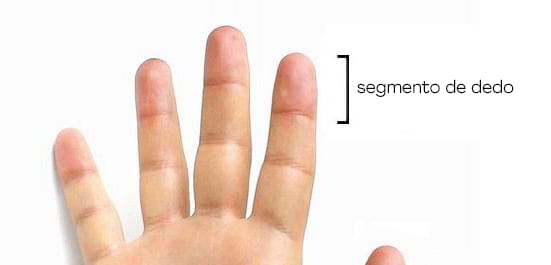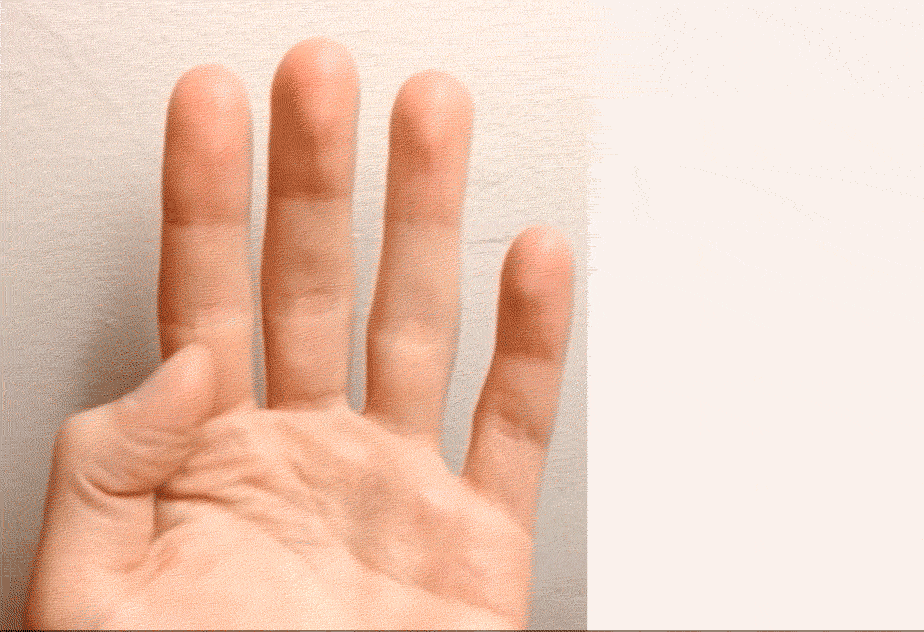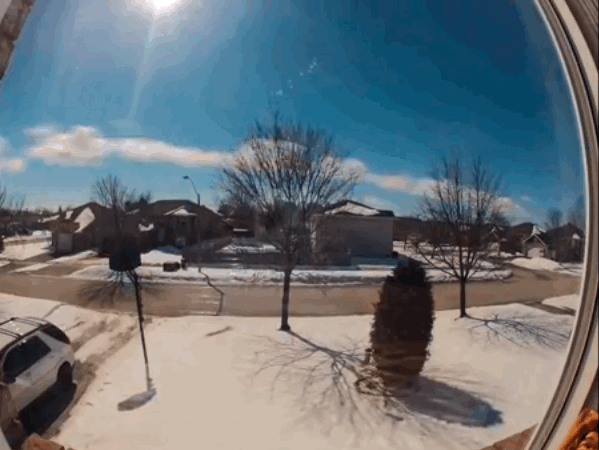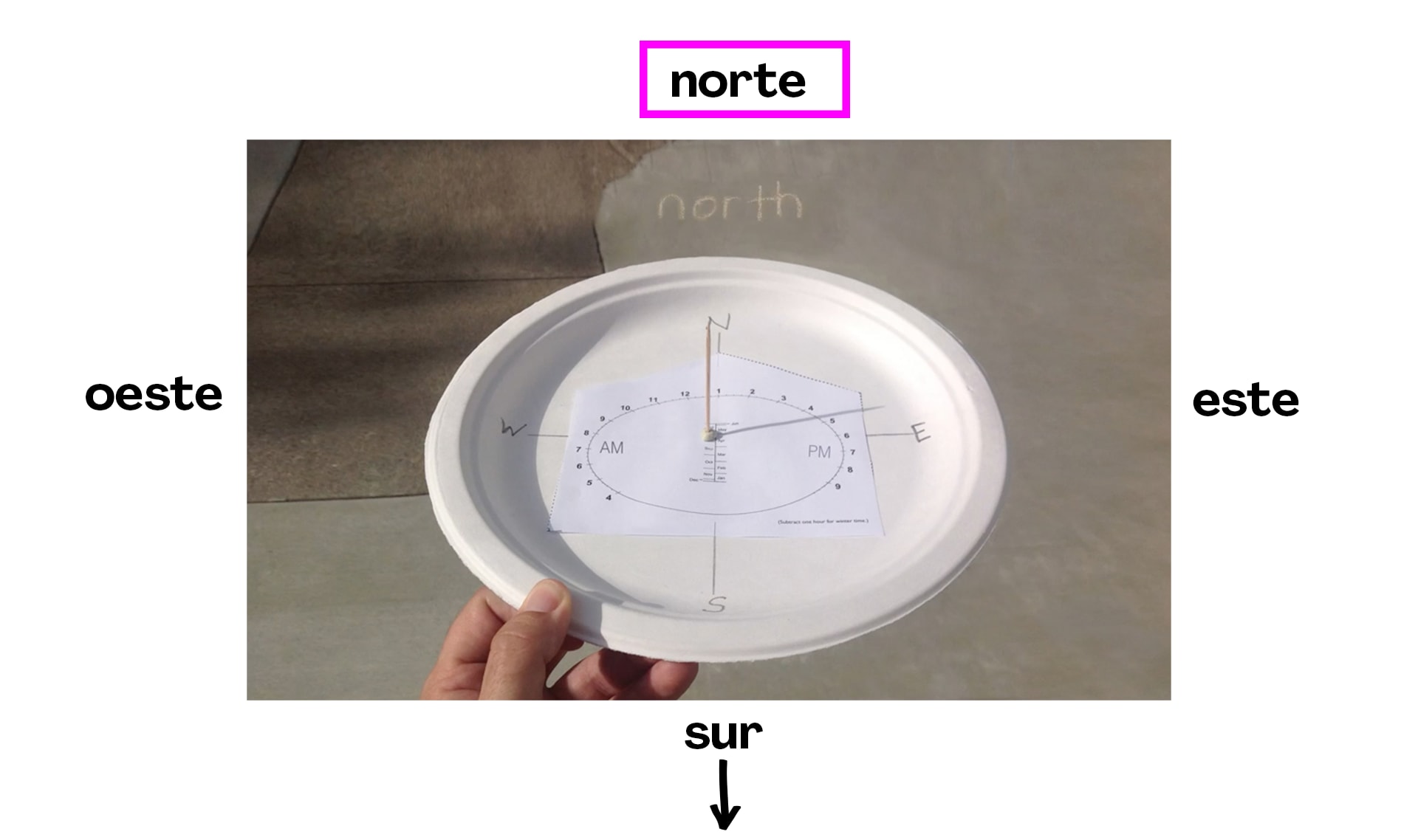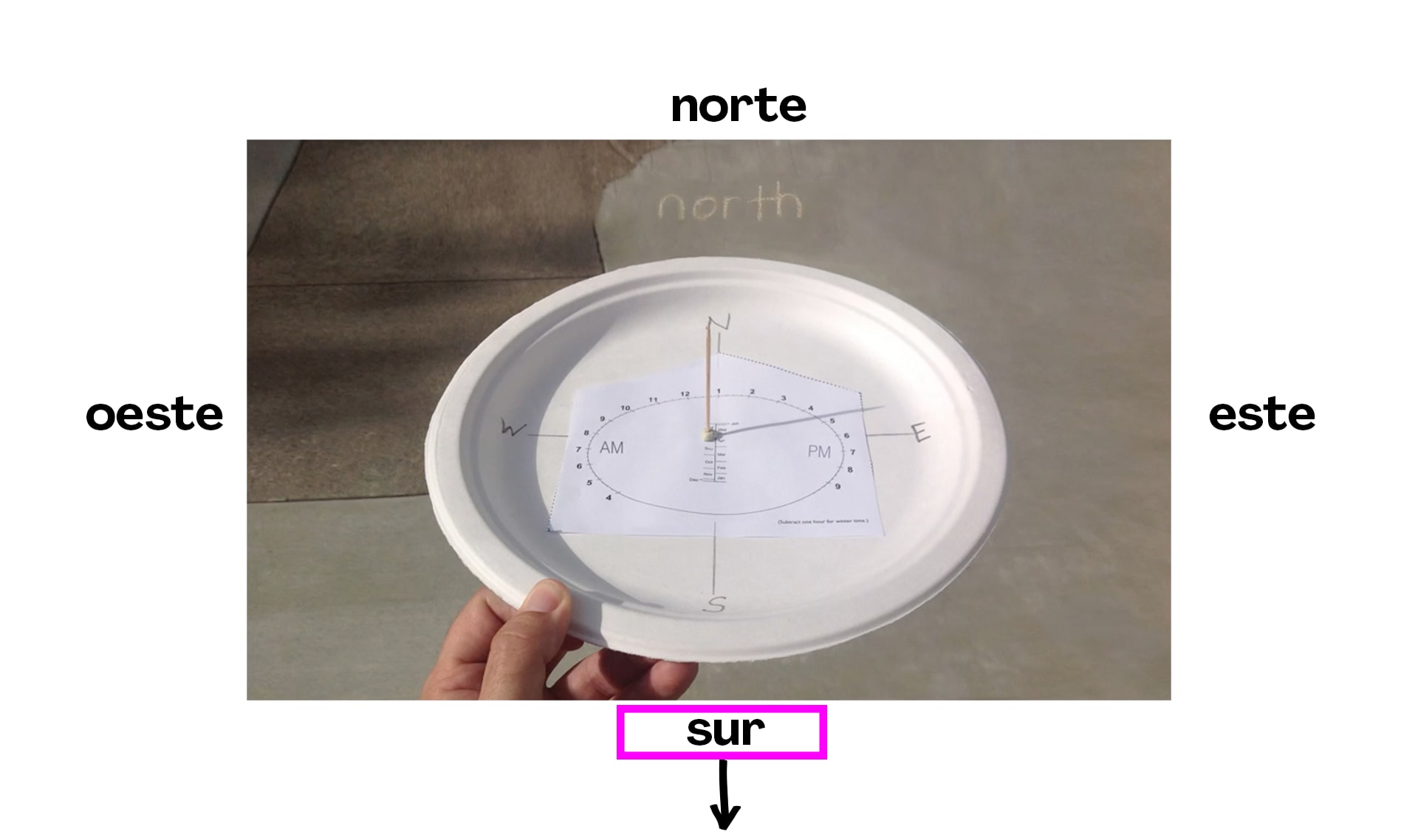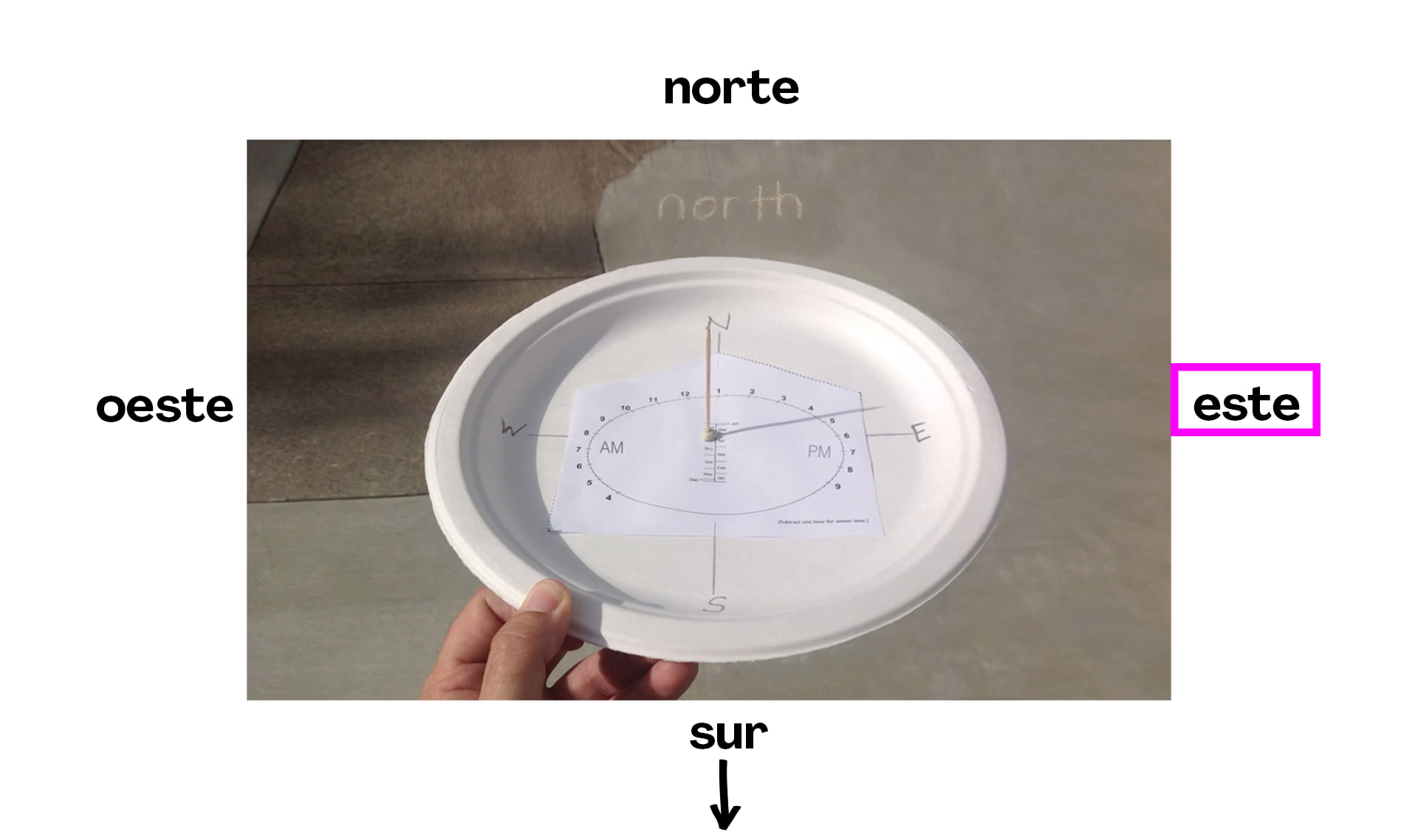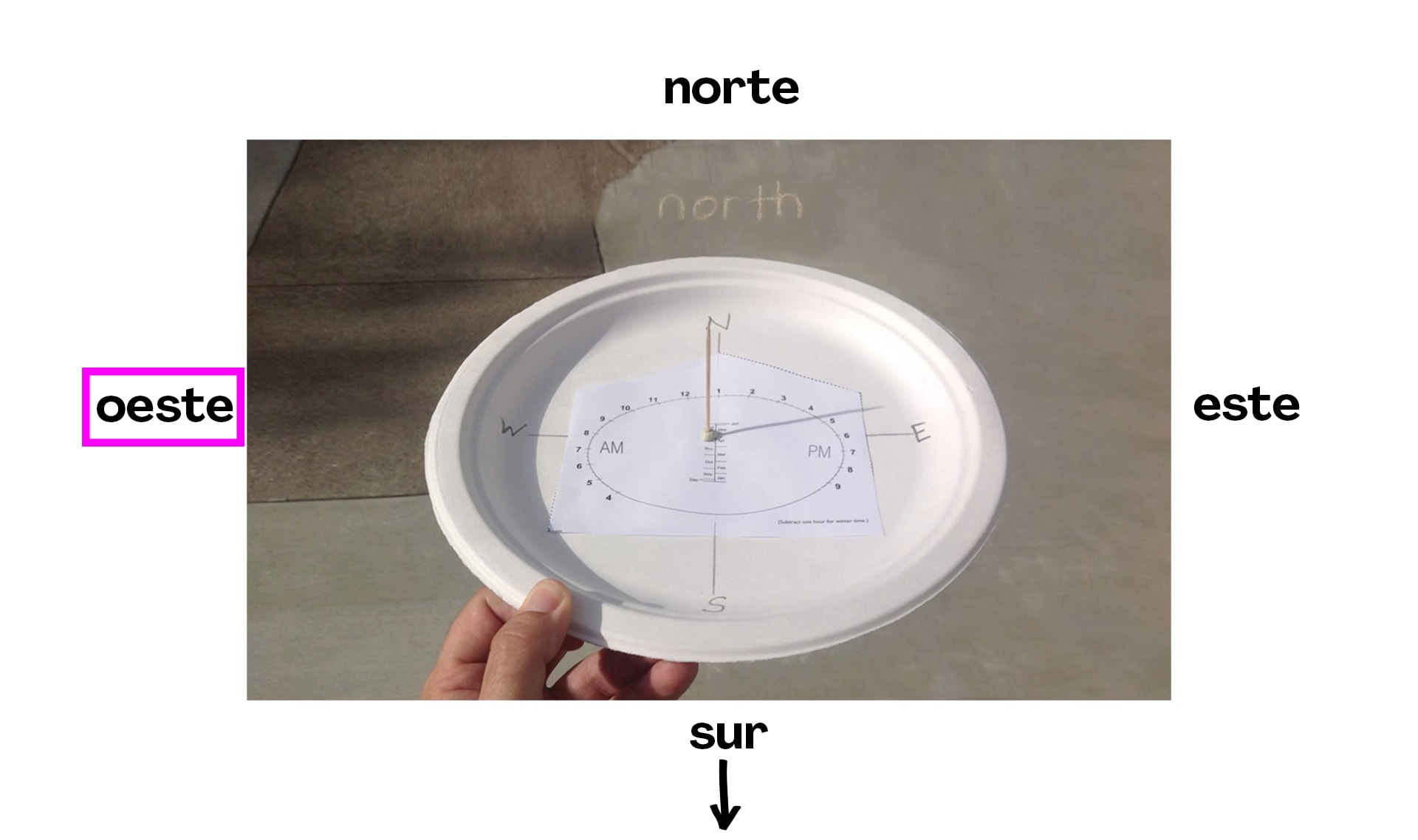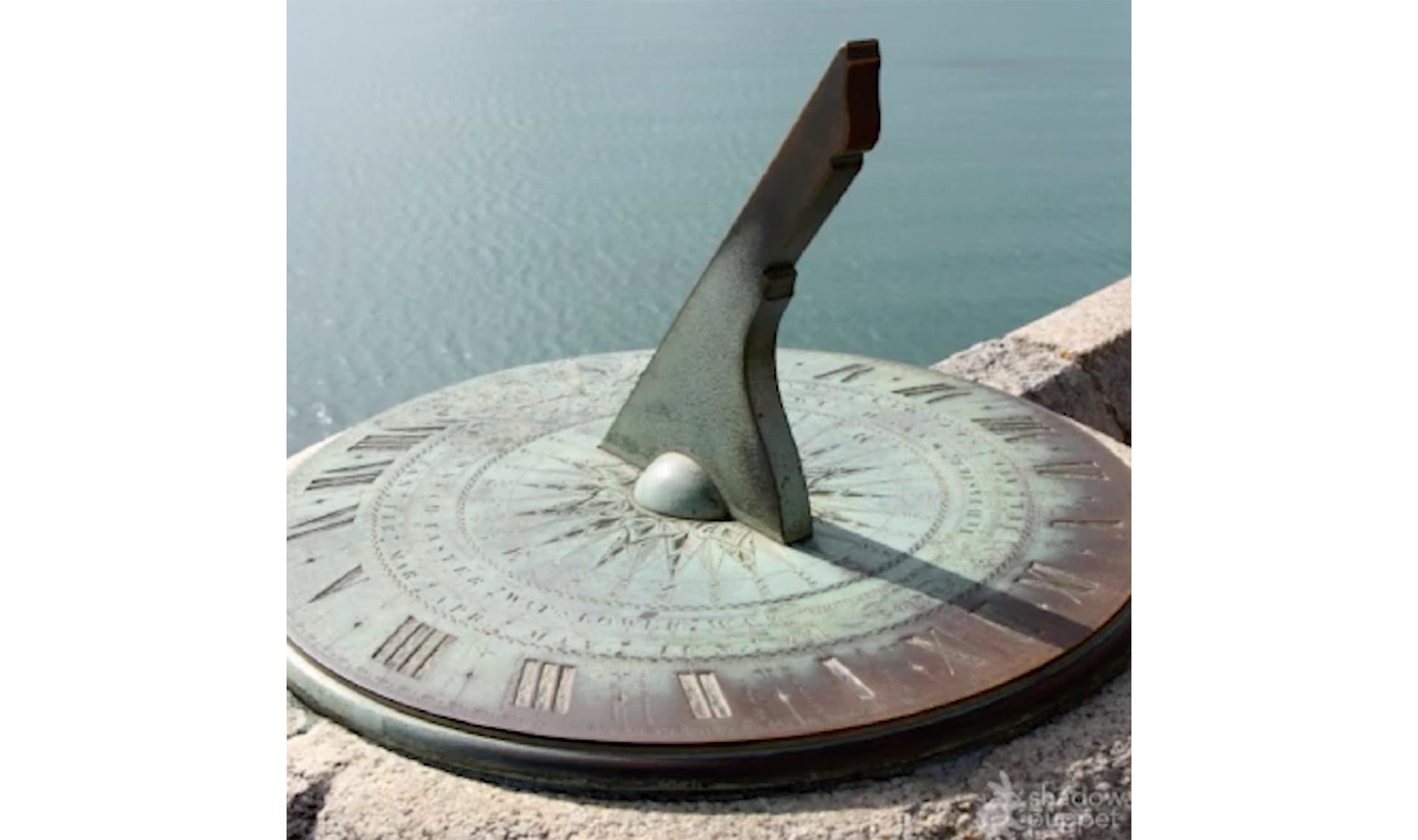We suggest students work in pairs. Homeschool students can work on their own.
Prep Shadow Clock Templates
Each Shadow Clock printout has two templates on it. Once you print these out, cut each in half so that each student will have one.
Label Classroom Walls with Cardinal Directions — North, South, East, West
When students are experimenting in the classroom, they need to orient their Shadow Clocks so the arrow points North.
Make four signs — North, South, East, and West.
Here’s one easy way to figure out where each sign goes:
- Open Google Maps and enter your school’s street address.
- Zoom in on your school and look at surrounding streets and landmarks.
- North is always up on Google Maps. Find a landmark that’s to the north of your school.
- Put North on the wall that’s closest to that landmark.
- Face North. Put West on the wall to your left, East on the wall to your right, and South on the wall behind you.
Find North Outside and Draw Arrows with Chalk
The main activity is completed indoors, but we recommend that students test their Shadow Clocks outside on a sunny day. They’ll need to orient their Shadow Clock with the arrow pointing North. We recommend that you sketch several compass roses on the ground in chalk to serve as workstations.
The easiest way to find exact North when you are outside is to use a Shadow Clock. Turn the shadow clock to match the current time. Now the compass rose you made on the Shadow Clock will be properly oriented.
A magnetic compass, whether an old-fashioned kind or those available on many smartphones (such as iPhone’s compass app), actually points toward the Earth’s magnetic North Pole, which is slightly off from the geographic North Pole, depending on where you are. It may cause some error, depending on your location.


